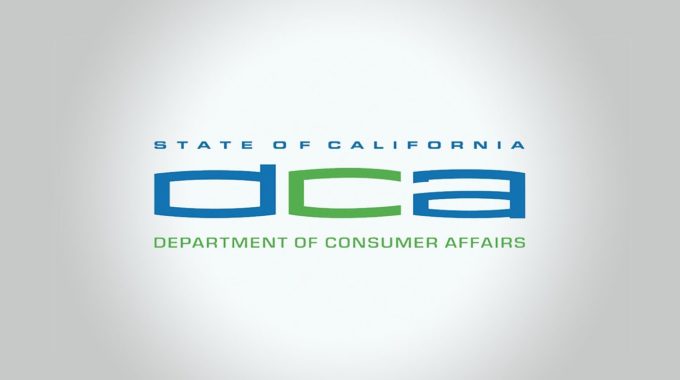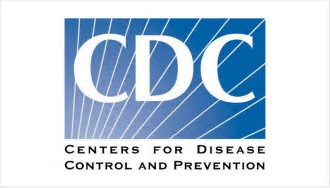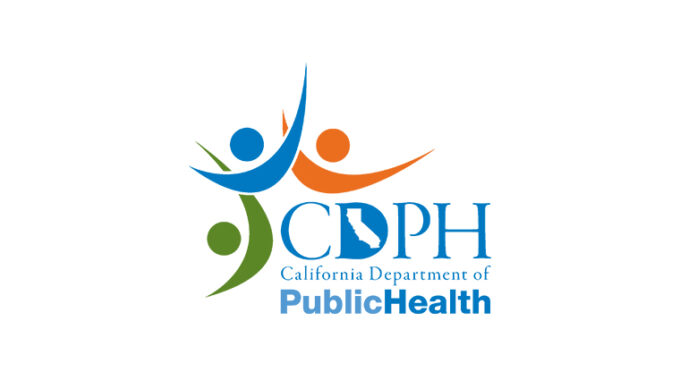On December 5, 2025, the Dental Board of California (DBC) issued an important Fraud Alert…
Managing ATD Patients in a Dental Office
With the flu season upon us, it is important to manage patients with potential aerosol transmissible disease (ATD) properly. In August 2009, Cal/OSHA’s new Aerosol Transmissible Diseases Standard (Title 8 CCR Section 5199) Aerosol Transmissible Disease Regulation (Title 8 CCR Section 5199) took effect in California. This regulation establishes a comprehensive approach to control the transmission of airborne diseases in healthcare settings by requiring “airborne infection isolation” in healthcare settings. Some examples of ATD’s include influenza, chicken pox, and tuberculosis. The new standard applies to healthcare facilities providing direct care to sick patients.
Dental offices in California who do not perform dental treatment on suspected ATD patients are conditionally-exempt from the regulation as long as they 1) screen patients for airborne infectious disease using health history forms, 2) follow state dental infection control requirements and U.S. Centers for Disease Control and Prevention (CDC) recommendations for dental infection control, 3) and document ATD identification procedures in the office’s written injury and illness prevention program (IIPP). While only California dentists must comply with these requirements, these are prudent practices for all dentists.
Identifying suspected ATD patients at the first point of contact in the reception area is critical to preventing the transmission of respiratory infections in dental offices. Suspected ATD patients should not be treated, but should be sent home or to a hospital and asked to make a new appointment for a later date when they are well. If the patient requires urgent dental care, then the patient should be referred to a dental treatment facility in a hospital setting equipped with proper protective equipment. Employees must be trained on ATD control procedures as part of IIPP training.
To document that TB screening procedures are in place, every low-risk dental office in California must have an IIPP that addresses ATD patient screening and management. The IIPP should include the statement:
“This office screens patients for ATDs using health history forms and oral communication at the reception desk as patients enter the office. Any patient with suspected ATD is asked to go home and if emergency dental treatment is necessary, is referred to a hospital. This office follows dental infection control requirements to help minimize the spread of ATDs.”
With respect to tuberculosis (TB) specifically, in most outpatient dental settings, the risk of occupational exposure to tuberculosis is extremely low. These dental offices should NEVER treat active, i.e. infectious, TB patients. Latent TB patients can undergo dental treatment because they are not considered to be infectious. Latent TB patients may have tested positive for the tuberculin skin test, but are asymptomatic. If you are unsure about a patient’s status, contact his or her physician for medical clearance to provide dental treatment to the patient.
Healthcare facilities in California with a high risk of TB transmission, i.e. hospitals, correctional facilities, homeless shelters, and drug treatment centers, must implement TB exposure control policies. Dental staff who work at these facilities could be impacted by these policies. High-risk dental facilities must have a TB plan in place as well as offer, at a minimum, TB screening to new employees. A respiratory protection program may also be required.



